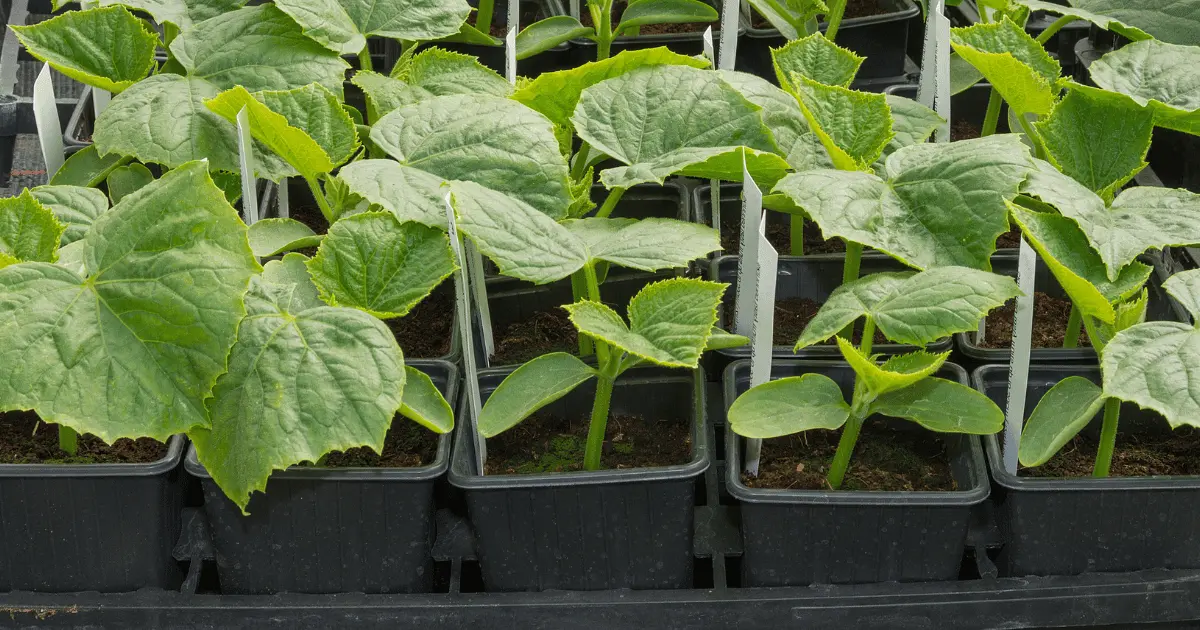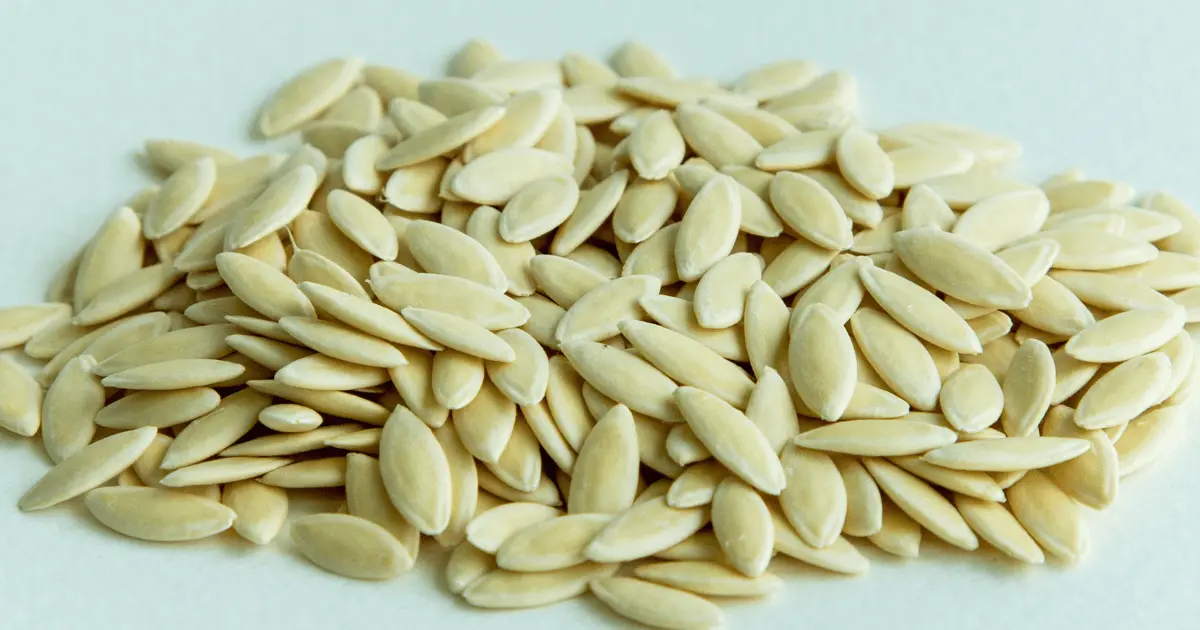The advantages of cucumbers are numerous; these fruits consist of about 90 to 96 percent water but are far more nutritious than regular water. This makes the cucumber very hydrating and nourishing.
Cucumbers are also well known to enhance skin function, which is why they are used in spas to help hydrate thin skin under the eye. Among other things, they also contain antioxidants, aid in weight loss, and spice up your salads or dishes, which is why people love to have them around.
Considering their usefulness, some wonder if they can be grown in areas with little or no space for planting. Fortunately, they can, and this article will show you a step-by-step guide on the best way to grow cucumbers in a pot, even with limited space.
How to Grow Cucumbers in a Pot

Cucumbers may not seem like the most likely plant to grow in a pot, but they can be pretty easy to grow if you know the proper steps.
Step One: Know the Varieties for Pot Planting
Bush cucumbers are the best for pot planting, as they are easier to grow than vine varieties. Spacemaster, baby bush, space champion, hybrid bush crop, bush pickle, potluck, or other dwarf bush varieties are best suited for pots.
Cucumbers are also categorized based on gender. The male flowers bloom first and usually drop off the plant, while the female flowers remain and are identified by their small fruit at the base. You can grow both.
Step Two: Select the Right pot
Use a pot 25 cm wide and deep for planting your cucumber. If you want to plant more cucumbers in one pot, use one that is twice or even three times that large to retain moisture more effectively. You can also add holes at the bottom of your pot for proper drainage if it does not have them.
Good drainage for your pot is vital because standing water can cause the root of your plant severe damage. If you make the holes, ensure you do not break or damage the pot. You should also properly clean the pot to avoid contamination or bacteria that could cause your plant to rot, mainly if you have used the pot before. Be wary of hidden insect eggs in the container that could hatch and attack your plant.
Step Three: Select the Right Location
Cucumbers love warm weather or where they can get at least eight hours of sunlight to grow. If you are growing your cucumbers indoors, keep them where they can get adequate sunlight or if that is not possible, you can get a grow light and place it above your plant and put it on for at least six hours per day.
Step Four: Use a Stake
Cucumbers, whether the bush variety or the vine variety, need some support, especially if you opt for the vine variety. You can use bamboo poles or three long stakes, gather them together and tie the top with a cord.
Spread the bottom of the stake out inside your pot to create a teepee shape. The legs of the stake should touch the bottom of the pot, with the stake itself standing straight up. This construction will help the cucumbers climb along as they grow.
Step Five: Prepare the Soil
It is okay to buy your premixed soil for growing vegetables from the market, but if you mix it yourself, get one part compost, one part peat moss, and one part sand. Pack your mix into the pot but make it a bit loose since your plant needs soil with enough space to grow in.
Avoid using garden soil as this may be contaminated with bacteria. After packing in your soil, check the strength of your stake. If it is still wiggling, add more potting mix to your pot for stability.
Step Six: Use a Good Fertilizer
Mix an excellent slow-release fertilizer and some compost into your potting mix. Organic fertilizers are environmentally friendly and healthy for your cucumbers, and a good fertilizer will provide them with the nutrients they need to get off on the right track.
Step Seven: Planting your Cucumber Seeds and Seedlings

The best time to plant cucumbers is two weeks after the last frost before planting your cucumber. It needs the soil to be at least 70 degrees Fahrenheit. If your area is warmer, you can start earlier. But if your pot is going to be inside, you can plant any time you want. Cucumbers do not do well with transplanting, so planting your seeds directly into your pots rather than seedlings is a wise choice.
Create holes in your soil using your pinky finger. It should be the same or equal in depth and width. You can then place 5 to 8 seeds in the hole.
Planting more seeds than necessary will help to guarantee success, and you will likely end up with as many plants as you would like. Then cover the holes with your potting mix loosely and pat gently to avoid damaging the seeds.
If you notice that the weather is still cool, you can give your plants some coolers using an old plastic container. Cut the tops and bottoms off the plastic, wash thoroughly before placing one around each sprouting plant, and press it down, so it does not get blown away. This action will serve as protection from the wind and as warmth for your plant.
Step Eight: Water your Plant
Use a fine sprayer to avoid uprooting the seeds and scattering them everywhere while watering your plant. Water thoroughly to make the soil noticeably moist.
You can water more often as the seeds start germinating and producing fruits. Consistently keep your soil moist always; a good drainage pot is applicable for your plant’s health. Apply mulch or peat moss over your plant to keep them moist and avoid drying out too quickly.
Step Nine: Thinning your Cucumbers
Use garden shears to snip extra seedlings off the soil. Do not yank seedlings off the soil, as this could damage the seedlings you leave on the ground.
Step Ten: Rid of Pests and Diseases
Cucumber beetles, aphids, mites, and pickle worms may attack your plant. You can pick cucumber beetles off your plant using hand gloves covered in petroleum jelly and then drop them in a bucket with a few drops of dishwashing liquid. You can also use a bug vacuum used to suck insects off plants.
Mildew and bacteria are other common problems for cucumbers. You can get a well-recommended anti-fungal product to rid your plant of mildew.
You can get an anti-mildew spray and apply it on the plant at least once a week if you notice white powdery mildew on the leaves. Your plant may suffer from bacterial wilt if the leaves turn dull and wilting during the day, and the leaves will eventually turn yellow and die. Remove your pots from ground gardens and other foliage to avoid this problem.
Most cucumbers are ready and mature after 55 to 70 days of planting. Harvest them when they are young, as bigger ones are more bitter. It is probably too mature to eat if it has reached the yellow stage.
